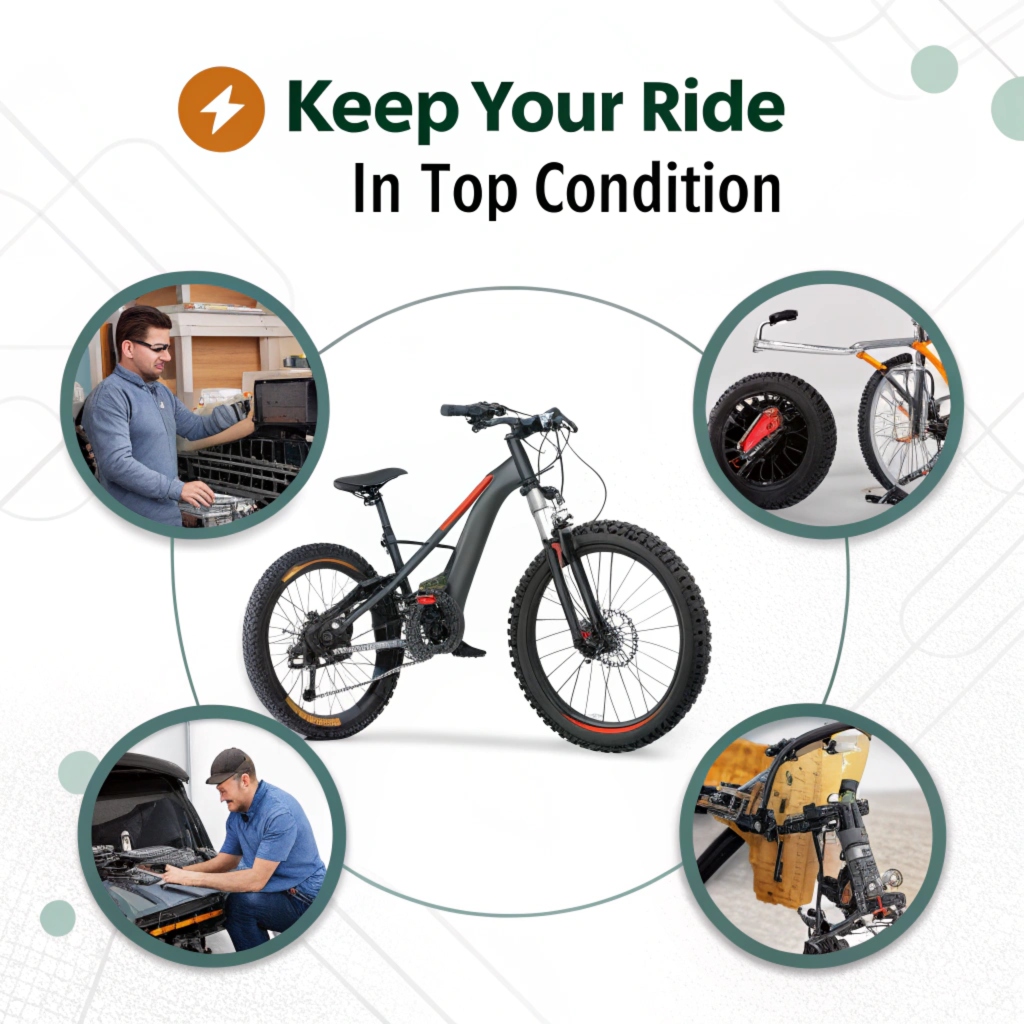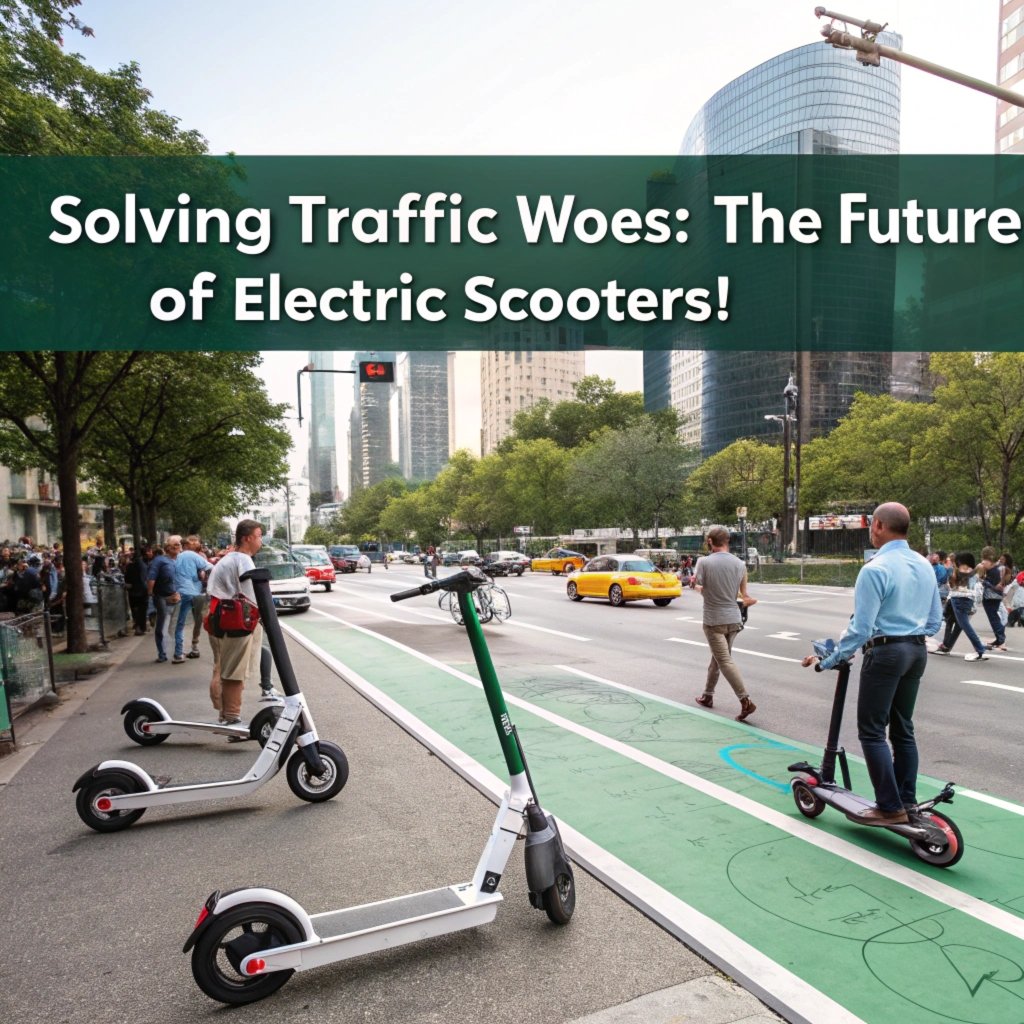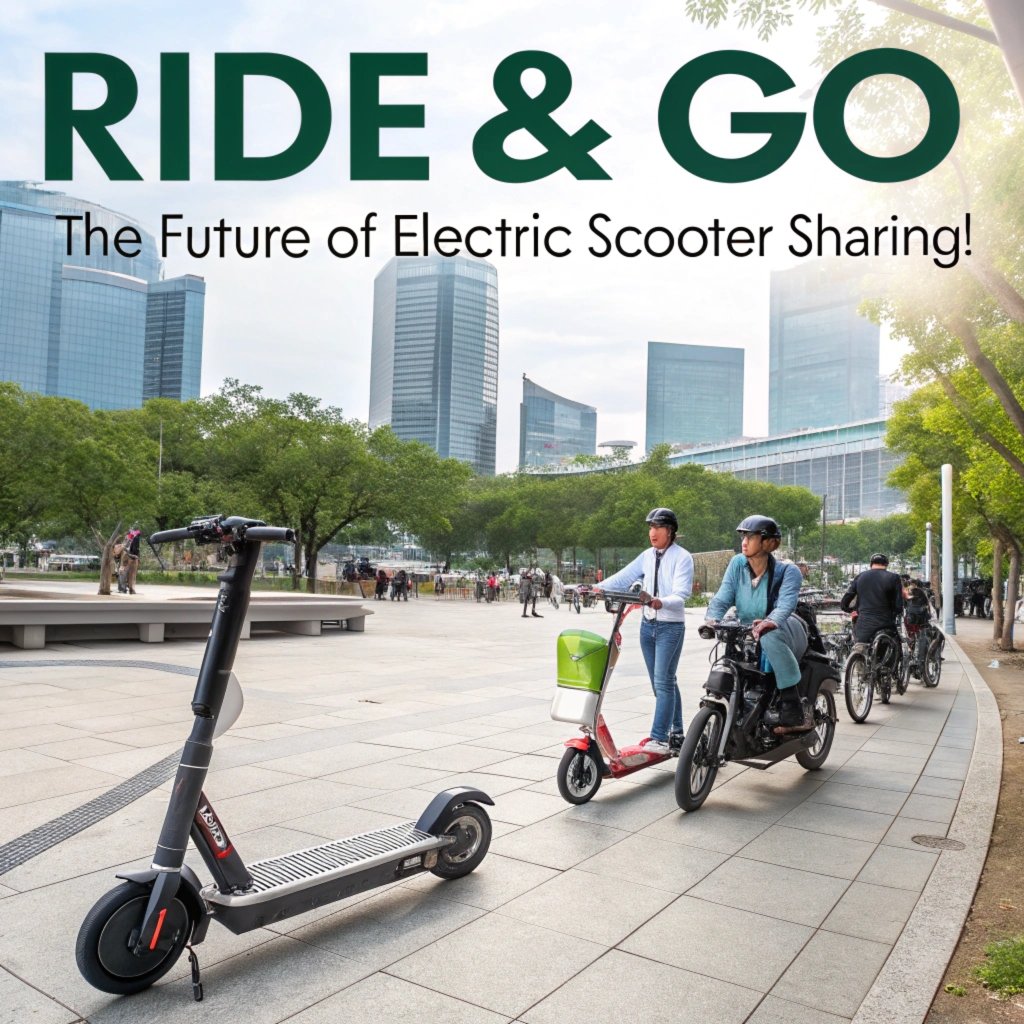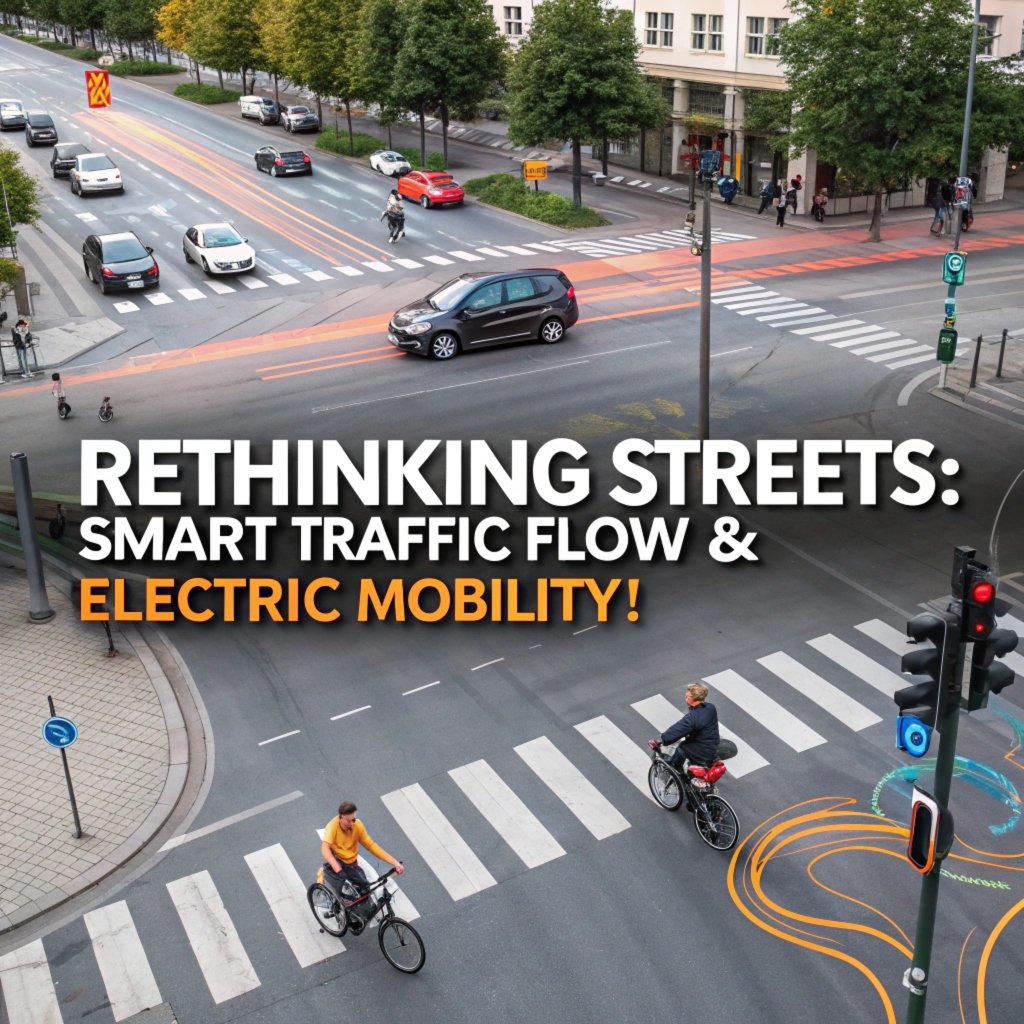As an avid cyclist, I’m sure you know how frustrating it can be to have your favorite ride taken out of commission due to neglect or poor maintenance.
But what if there was a simple checklist that could prevent eBike and eScooter Maintenance issues from arising in the first place?
Keeping your eBike and eScooter in top condition is crucial for safety, performance, and longevity. But with all the parts involved, it’s easy to get overwhelmed by what you need to check.
By following this simple checklist, you can extend the life of your ride, ensure a safe riding experience on any terrain – be it mountain trails or city streets – and have more time for the things that matter most.
In this post, we’ll cover everything from tires to batteries.
Cleaning Your eBike or eScooter’s Battery to Extend Its Lifespan
When it comes to keeping your eBike and eScooter in top condition, paying attention to its battery is a crucial step. A well-maintained battery can go a long way in extending its lifespan.
The key to maintaining the health of an eBike or eScooter’s battery lies in how you clean it. Dirt and debris on the surface may look like minor scratches but they pose significant risks over time. Regularly wiping away any dirt with a soft cloth can help minimize this risk.
Avoid using household cleaners as these can contain chemicals that damage the battery’s internal components when put into contact with them. Instead, use only those recommended by the manufacturer to keep your eBike or scooter running smoothly for longer.
It is also imperative not to expose the battery to water under any circumstances because this will be detrimental to its health and functionality. So always cover it up if you need a shower after riding your bike, avoid touching batteries with wet hands, etc
Mastering Regular Oil Changes for Smooth Pedaling and Riding
Regular oil changes are critical to maintaining the longevity and performance of your eBike or scooter.
To start, familiarize yourself with the type of lubricant recommended by your manufacturer – a crucial step that’s often easier said than done! Check your user manual or look for a sticker attached to the frame or in an online support section. For most eBikes, you’ll need synthetic oil designed specifically for their unique gear systems.
Don’t assume it’s just about tossing some lubricant into your bike – this is where things can get complicated! Some high-end bikes might require specialized oils that can only be found at specialty stores or through the manufacturer directly.
Now that we’ve got our lubricant situation under control, let’s talk specifics: if you’re using a derailleur-based drivetrain (like most eBikes), you’ll want to focus on maintaining levels and topping off your bike as needed. As a general rule of thumb, check these levels every 30-50 miles.
The good news is that maintaining your eBike’s lubricant levels doesn’t have to be rocket science – with some practice and patience, you can become an oil-changing pro in no time! The key is consulting your eBike’s user manual (or online resources) for detailed instructions on checking and topping up oil levels.
As a tip from our shop: don’t forget that the hubs of most electric scooters require their own lubricant to keep them running smoothly. This might be easy – or it may require some TLC! Check your owner’s manual, consult with a pro if necessary, or explore YouTube tutorials for more specific guidance.
The best part? Regular oil changes are an opportunity to get hands-on and inspect other areas of your eBike that need attention – like the bearings.
A Guide to Lubricating Tires and Wheels Without a Drop in Pressure
To keep your eBike and scooter running smoothly, start by checking tire pressure.
Regular checks can make all the difference in ensuring a safe ride and optimal performance. Think of it this way: underinflated tires are like a ticking time bomb – they’re just waiting to cause trouble. When you drive or cruise at speeds that are too high for your eBike’s speed rating, those low-pressure tires might not be able to handle the stress. This can lead to decreased efficiency and increased wear on your scooter’s components.
For example, imagine hitting potholes in a city with underinflated tires – it’s like trying to ride on rubber chickens! You’ll struggle to maintain control of your eBike or scooter, making every ride a potentially scary experience. But don’t let underinflated tires leave you stranded. By regularly checking pressure, you can improve handling and control.
Now that we’ve covered the importance of tire checks, it’s time to put those skills into action! Hit pause and check those tires!
Grab your trusty pressure gauge, pressurized or not, and get ready to find out how well your ride is running. Take a minute to compare what shows on the valve stem with what you’ve found – don’t rush through this step! After using your eBike or scooter for some time, recheck that pressure and see if it’s stayed consistent.
If things are still within range (don’t worry too much about being perfect), great job. But if not, take action: inflate those tires to the correct pressure to keep your ride running smoothly.
And don’t forget another important valve cap – make sure it’s securely tightened every time you’re done with maintenance. You wouldn’t leave a loose screw lying around would you? A well-tightened valve cap is crucial for preventing leaks and damage.
There are many other essential checks to do as part of regular eBike or scooter upkeep (like lubricating moving parts), but this step gets us started on the right foot!

The Art of Properly Storing Your eBike or eScooter During Off-Seasons
Before storing your electric bike or scooter for an extended period, it’s essential to perform some crucial pre-seasonal maintenance checks.
Preventive Care 101: A Checklist for Keeping Your eBike & eScooter in Top Condition Throughout Its Lifetime.
Performing Pre-Seasonal Maintenance Checks:
Inspecting your battery is crucial. Look for signs of swelling, corrosion, or damage caused by extreme temperatures. Check voltage levels (if possible) to ensure they’re within safe operating ranges. Test electrical connections and clean any corroded parts – remember, running a stress test on your bike can reveal problems that might have gone unnoticed before.
Label each component carefully using permanent markers or stickers so you can easily reassemble everything when the next riding season arrives. A label maker with multiple slots would be an excellent investment for keeping track of accessories and components alike!
A well-planned storage strategy is also vital in maintaining your e-bike’s condition:
When storing an e-scooter, keep the battery charged but not fully discharged (ideally 20% to prevent deep discharge). Place it in a dry, secure location protected from direct sunlight and extreme temperatures. Consider using a dedicated storage container or bag with breathable materials like mesh panels or ziplock bags for added protection.
To minimize corrosion risk when storing in humid environments (like coastal areas), apply a thin layer of petroleum jelly or silicone-based lubricant on exposed metal parts before storing. A simple swipe of wax can also prevent water spots from forming on your e-bike’s finish.
When inspecting the battery, imagine running a stress test on your bike – you’d want to know if anything’s amiss before taking it out of storage.
Before buying an electric bike or scooter, make sure to read about its maintenance requirements for specific models and brands. A well-maintained e-bike can run smoothly year-round.
Regular cleaning is crucial in maintaining the carbon fiber frame (for those with them). Use a soft cloth, avoiding abrasive cleaners or scrubbers that could scratch your frame’s finish.
Store all accessories like helmets, gloves, and other non-essential items separately from the bike/e-scooter to prevent damage and maintain cleanliness.
Why Maintenance Should be Part of Your Daily Commute Routine
Daily maintenance routine for your eBike and eScooter includes cleaning hands, checking tire pressure, inspecting brakes and pads, battery care, and tightening loose screws & bolts.
Before handling any electrical component of an electric bicycle or scooter to prevent damaging delicate parts. Regularly wash your hands with mild soap before touching the frame or other components. This will help protect against dirt and oils from skin that can damage sensitive areas.
Wash the bike’s exterior using a soft cloth with mild soap, following label instructions for waxing if necessary.
A well-maintained tire is essential for smooth operation and to extend battery life. Check your tires at least once a week or as recommended by your owner’s manual, which might suggest monthly checks depending on usage. Under-inflation can be just as damaging to the battery’s performance and comfort during rides, while over-inflation may cause vibrations that disrupt control.
Tire pressure check recommendations include:
- When visiting pump stations.
- After oil changes for cars.
Regularly inspect your brake pads by looking at them from different angles. If they’ve reached 3 mm in thickness, it’s time to replace the pads. This might occur after every long ride or a set mileage depending on how you use your eBike.
For most eBikes, this is best done following these steps:
1) Locate the brake wear indicator.
2) Check if any of them have reached their recommended replacement threshold (3mm).
3) Consider replacing pads if necessary for better performance and safety.
Never neglecting regular maintenance may cause costly repairs or accidents. For example, why not spend $50 on new brakes now rather than waiting until it’s too late?
Battery health is also influenced by how well you care for your eBike’s battery. Always keep an eye out for signs of wear:
- Cleaning the battery regularly with a cloth to remove dirt and debris.
- Charging when the level falls below 25% to prolong its lifespan.
Extreme heat or cold requires more specific protection measures, such as shielding in extreme conditions by using a protective case or shelter.
Choosing the Right Lights for Safer Nighttime Riding
Optimize your evening commute with the right bike lighting – it’s not just about visibility; it’s also about safety and style.
Choosing the right lights for your eScooter is crucial, as it can make all the difference in a darkening world. A well-equipped setup will keep you safe, visible to others, and enjoy an enhanced riding experience. By selecting high-quality lighting that meets specific criteria, you’ll be able to tackle nighttime rides with confidence.
When shopping for lights, consider these three key factors:
Brightness
Opt for front and rear lights with a minimum of 150 lumens (about the brightness equivalent of two headlights). This level ensures adequate visibility without overwhelming your eyes. Consider LED strips or projector lights that provide an even wider beam pattern to illuminate road markings, pedestrian zones, and bike lanes.
Some popular options include:
+ Anker LC90 LED light bars with adjustable settings
+ Nite Ize Swift 4D rear reflector
Color Temperature
White light can be harsh on the eyes. Instead, look for lights with a color temperature around 3000-4000K (daylight-balanced). This soft, warm glow helps reduce eye strain and preserves visibility.
Additional tips:
+ Invest in LED lenses that filter out glare from headlights
+ Check reviews to ensure your chosen light’s color consistency

Beam Pattern
A wider beam is more suitable for urban environments with dense roadways, while a narrower beam works better for country roads. Consider the following:
Some popular options include:
+ Lume2 LED strips with adjustable brightness and pattern settings
+ Cree XHP70.6 projector lights that provide an expansive field of view
When choosing an LED headlamp:
* Look for IP67 or higher ratings, which guarantee water resistance from accidental splashes to immersion in heavy rain.
These high-quality lights can withstand the elements, ensuring your ride remains secure and illuminated during harsh weather conditions.
To keep your eScooter’s lights charged throughout the night, invest in a reliable power bank. Consider these factors:
- Capacity size: Opt for larger batteries (e.g., 10,000mAh) to last longer without recharging
- Type of battery: Look for lithium-ion or rechargeable options that retain charge well
In addition to brightness and durability, consider how you’ll use your lights during nighttime rides. A good power bank should keep your eScooter’s lighting system powered throughout the ride, helping prevent mid-commute failures.
Remember, safety and visibility are paramount when choosing bike lighting for e-scooters. Follow these guidelines to ensure a smooth night-time riding experience that works with you, not against you!
Keeping Brake Pads and Rims Fresh to Avoid Mishaps on the Road
Neglecting regular maintenance is a recipe for costly repairs down the line. Let’s dive into brake pads and rims care.
The Catch-22 of eBike ownership: regular maintenance is crucial, but it can be easy to put off.
Here are some key points to keep in mind:
1. Brake Pads
Your brake pads are like your best friend on the road – they’ve got your back (and your bike’s safety). But over time, they start to wear out.
If you don’t replace them when necessary, you’ll be looking at a reduced braking power and an increased risk of accidents. Imagine stopping suddenly in heavy traffic or navigating steep hills: it’s not worth the gamble.
Some signs that your brake pads need replacing:
- Squealing or grinding noises while applying brakes
- Visible wear on the pad material (looks like feathers after a bird bath)
- A decrease in braking performance
Replacement frequency:
– Daily commuters: every 6-12 months, depending on usage and conditions.
– Long-distance riders: every 3-6 months to maintain optimal stopping power.
2. Rim Maintenance
Your rims are the unsung heroes of your eBike – protecting those tires from damage when you hit potholes or curbs. But they need some TLC too!
Regularly clean your rim with a mild soap and water solution to remove dirt and debris.
Apply a light coating of lubricant to prevent corrosion.
Some common issues that require attention:
- Rust spots: address these ASAP, before they spread like wildfire
- Scratches or dents: inspect regularly for any damage
By following these simple steps, you’ll be well on your way to maintaining healthy brake pads and rims. Happy trails!
Inspecting Tires Before Each Ride Can Save You from a Crash
Here’s how to check your eBike or eScooter before each ride and avoid nasty accidents.
When it comes to riding an electric bike, safety is paramount. Regular maintenance can be a lifesaver.
A Few Minutes Can Save You from Disaster
Before you hop on your eBike or scooter, take a few minutes to inspect it carefully. This will help prevent accidents and give you peace of mind.
Here’s what to check:
Tire Pressure
Make sure those tires are properly inflated! Use a tire pressure gauge to get the exact reading. If it’s too low, you’ll be looking at a blowout – not fun.
+ Check for sharp objects lodged in the spokes
+ Inspect the sidewall for any cracks, cuts, or corrosion
Sharp Objects and Debris
A quick glance into each spoke can reveal nasty surprises.
Take note of:
- Sharp metal fragments stuck between spokes
- Excessive wear on brake pads or rotors
Don’t wait until it’s too late. Test your brakes by applying gentle pressure while pedaling to ensure they’re working smoothly. This will save you from a world of pain and expense down the road.
By following these simple steps, you’ll be well on your way to becoming an eBike/eScooter maintenance pro.
Here are some final tips:
- Regular checks can reduce stress while riding.
- Neglecting maintenance is no fun – literally!
- Take care of it now, and you’ll save yourself from a world of trouble later.
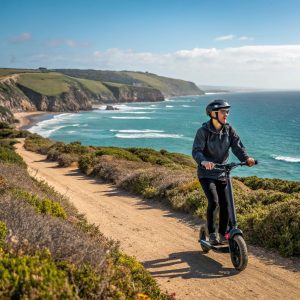
Tips for Storing eBike or eScooter Accessory Baggage to Reduce Damage
As a new bike or scooter owner, you’re likely aware that proper care is essential for extending its lifespan. Neglecting maintenance can lead to costly repairs and even render your eBike or eScooter unusable.
Those sleek accessories – bags are super convenient for carrying essentials like helmets, locks, and spare tubes. However, they’re often used in ways that can harm the bike or scooter over time.
Here’s how you can prevent damage:
Don’t overload those storage bags: Imagine this scenario: you’ve just taken the eBike on a long, rough ride. The weight from overfilled storage bags puts excessive strain on the frame, leading to bends, cracks, or even rust spots – all costly repairs that could have been avoided with proper planning.
For example, if your bag is packed too tightly with tools and accessories like tire levers and Allen wrenches, you’re more likely to damage these delicate parts. The result? A hefty repair bill that might just void the warranty.
Don’t expose bags outside during extreme temperatures: You know how easy it is for water to accumulate when a bag has been stored outside or exposed to humidity. When you’re ready to use your bike, try as best as possible, dry all the accessories completely before storing them away. Extreme heat can damage many of these items – don’t risk it!
Avoid placing bags near areas where water may collect: You know how easy it is for water to accumulate when a bag has been stored outside or exposed to humidity. But did you know that moisture can also seep into the bike’s frame and components? This could lead to rust, corrosion, or even electrical malfunctions – yikes!
Keep bags clean: A dirty storage bag can harbor bacteria that might transfer onto your eBike or scooter. Regularly wash a cleaning cloth and give those items an occasional deep clean will help prevent any damage.
Store bags in the original packaging: You’d think it’s obvious, but when you store items outside of their packaging, dust is sure to seep in. This can attract dirt and debris that’ll find its way into your bike or scooter – another costly repair on the horizon!
Troubleshooting common mistakes:
- Overfilling storage bags
- Exposing accessories to extreme temperatures
- Placing bags near areas where water collects
By following these simple tips, you’ll be able to keep your eBike and eScooter in top condition for years to come. So next time you’re loading up that bag, remember: prevention is the best medicine!
Mastering Proper Bike Hanger Care and Safety Precautions
Preventative maintenance is key to ensuring your eBike or eScooter remains in top condition throughout its lifetime. Regular checks can help identify potential issues before they become major problems, saving you time and money in the long run.
The longer you wait to inspect and maintain your eBike’s frame hangers, the more likely it is that rust will set in, weakening its structure and leading to costly repairs down the line. By checking on them regularly, you can prevent corrosion from taking hold.
A well-maintained bike hanger is less prone to damage caused by road hazards and impacts with other vehicles or objects.
So, trust the importance of regular inspections to keep your eBike in top condition and avoid costly mistakes that come from neglecting preventative care. By staying on top of maintenance tasks now, you’ll be riding worry-free for years to come.
Take decisive action today to safeguard your investment and ride with peace of mind.
